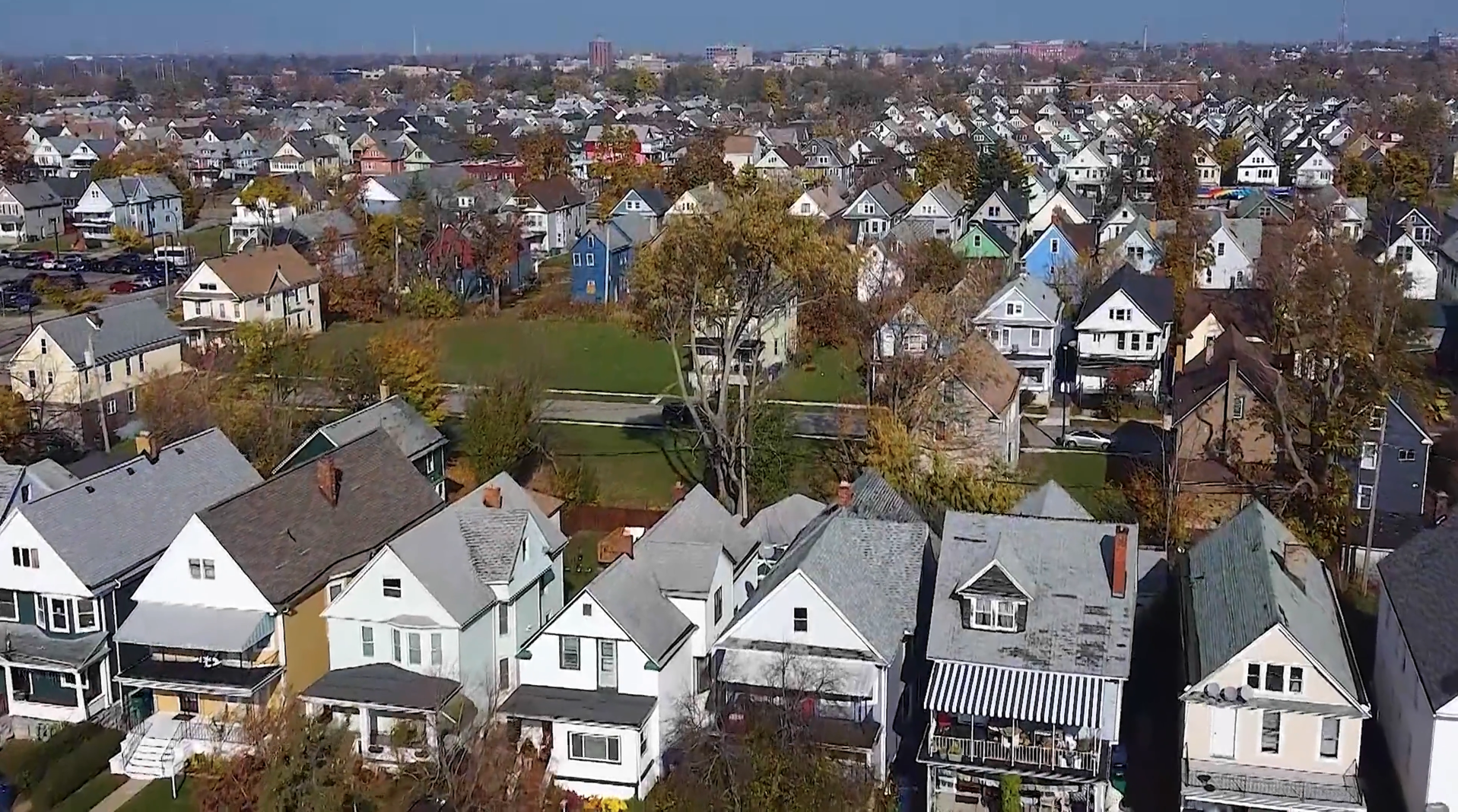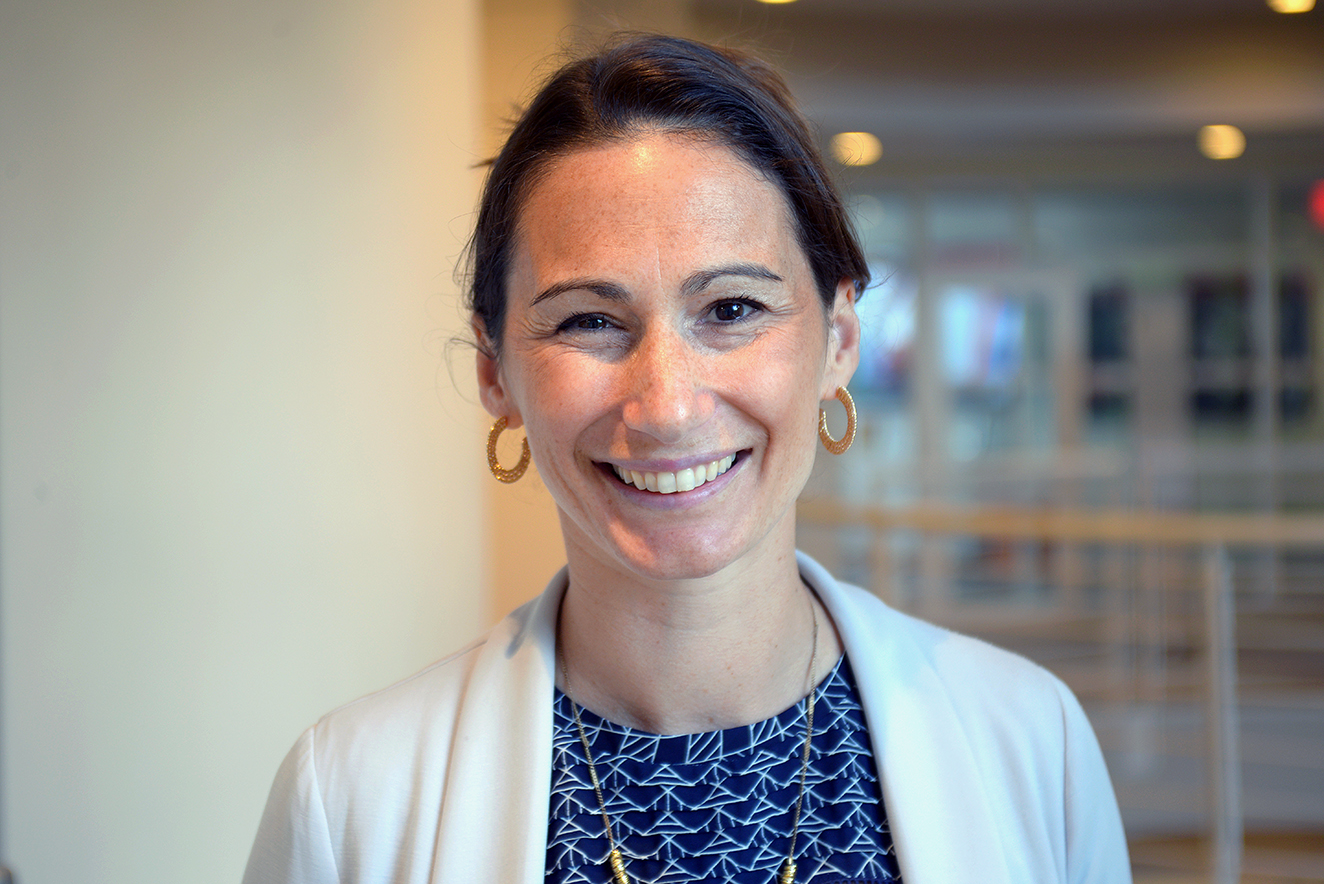Introduction
This case examines Buffalo, New York’s longstanding Clean Sweep program and the challenges it presented to Oswaldo Mestre, Jr., the city’s director of Citizen Services, in moving the initiative forward. For over two decades, the innovative program had brought together staff from various city departments and outside community partners to improve the quality of life in Buffalo’s most distressed neighborhoods. Mestre had been instrumental in the program’s design and management from the beginning.
The case explores how, under Mayor Byron Brown’s and Mestre’s leadership, the neighborhood improvement program grew steadily from six to eight Sweeps per year in 2002, to around thirty-four in 2023; developed a data-driven process to select neighborhoods and improve collaboration among participants; and moved away from an emphasis on law enforcement and towards building resident trust and capacity. In 2022, when a racially-motivated mass shooting killed ten Black residents on the city’s East Side, Mestre and his trusted advisors joined the broader effort to support the community by conducting several consecutive Clean Sweeps in the affected neighborhood. This suggested that the program had evolved from an enforcement-oriented intervention that sometimes intimidated residents to a service-oriented intervention that many residents knew and perhaps even trusted.
As the last Clean Sweep of the 2023 season came to a close, Mestre considered what should come next: Would continuing to grow the Clean Sweeps overtax partners, leading to attrition and lesser impact? Would it compromise the quality of the services and interactions with residents? Was there a way to increase impact while holding steady? Were Clean Sweeps just a Band-Aid disguising ineffectual neighborhood development policies, or a promising approach to neighborhood revitalization?
Learning Objectives
This case study was designed to set the stage for a class discussion on how the use of data, collaboration across silos, and reinventing ways of working can transform city government. Focusing on the themes of collaboration across boundaries and data-informed collaborative innovation, the case explores the conditions under which city departments and external partners can work together and involve residents to solve pressing issues.
The overarching learning objectives are the following:
- Reflecting on the types of efforts required to deliver on an ambitious key mayoral priority;
- Recognizing the barriers to collaborative problem-solving; and
- Identifying leadership levers to transform local government.









